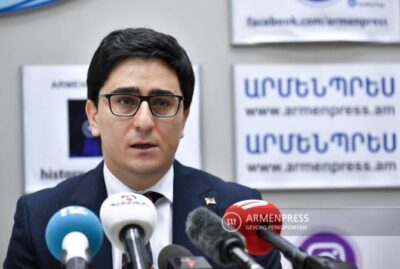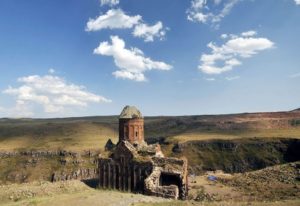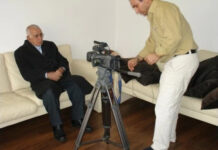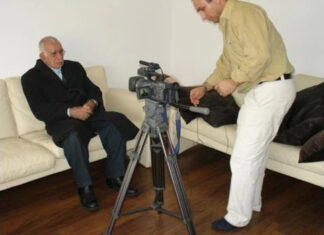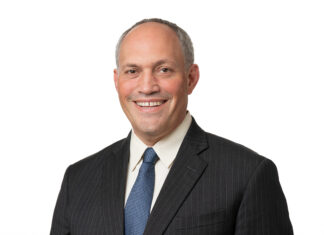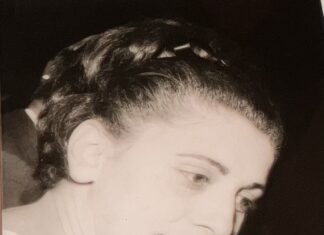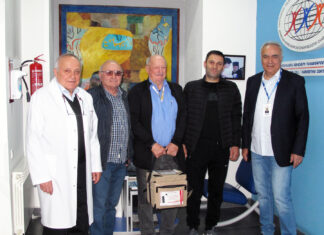NEW YORK — On Friday, February 20, 2015, the Armenian General Benevolent Union (AGBU) joined Columbia University, the Armenian Center at Columbia University and the World Monuments Fund in sponsoring a day-long symposium titled “Monuments and Memory: Material Culture and the Aftermath of Histories of Mass Violence.” Academics and experts from the United States and Turkey came together at Columbia University’s Morningside Campus to explore the way buildings belonging to victimized cultures have been abandoned, destroyed, disregarded and repurposed by state and non-state actors.
The multidisciplinary symposium drew on the expertise of specialists in history, comparative literature, art history, area studies, architecture and international affairs to assess whether the ethical issues concerning destroyed or appropriated material culture can have an impact on international policy surrounding restoration, restitution and social justice.
The city of Ani in eastern Turkey served as a case study for the politicization of historical monuments and preservation in a post-genocidal context. Ani-a medieval city on the Turkish-Armenian boarder-was the capital of the Bagratid Kingdom from 961 to 1045 CE and celebrated for the artistry of its churches and other structures. The city was abandoned in the seventeenth century and has since been subjected to earthquakes and destruction that have left it in ruins.
The symposium was organized by Dr. Peter Balakian, the Donald M. Constance H. Rebar Professor of Humanities at Colgate University, and Dr. Rachel Goshgarian, assistant professor of history at Lafayette College. It began with a session titled “Monuments and Memory: The Significance of Material Culture in the Aftermath of the Genocide,” which included examples from Polish and Bosnian history that put the Armenian case in comparative perspective.
Dr. Marianne Hirsch, professor of English and comparative literature at Columbia, illustrated how memory can be mobilized without succumbing to ethnocentric rhetoric or nationalistic sentiment. She took as her example the POLIN Museum of the History of Polish Jews-built on the site of the former Jewish ghetto in Warsaw-to demonstrate the capacity of museums as agents of transformation, performing acts of repair by inviting visitors to reanimate lost lives without forgetting their extermination. “The POLIN Museum,” Hirsch says, “accommodates different truths and challenges the revision of Polish national history, which has eliminated the Jewish presence. It shows the histories that Catholic and Jewish Poles had in common, rather than perpetuating the tired idea of a shared history, and has the capacity to shape public memory and inspire complex negotiations in visitors.” The parallel between the POLIN Museum and the city of Ani lies in its role as a contested site of memory, proposing one of many alternatives for the future of the city.
